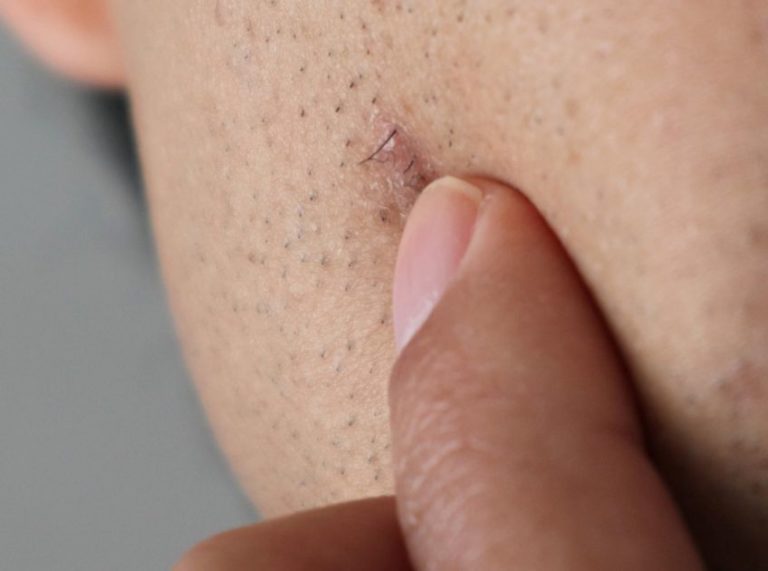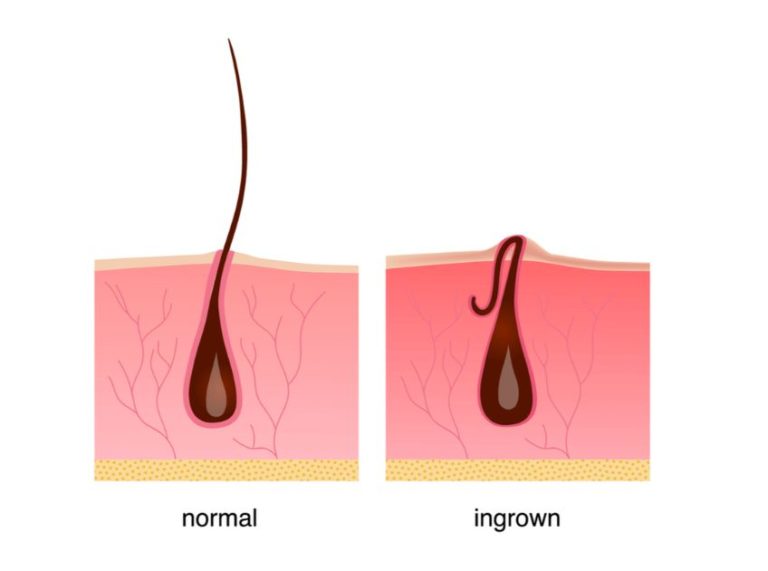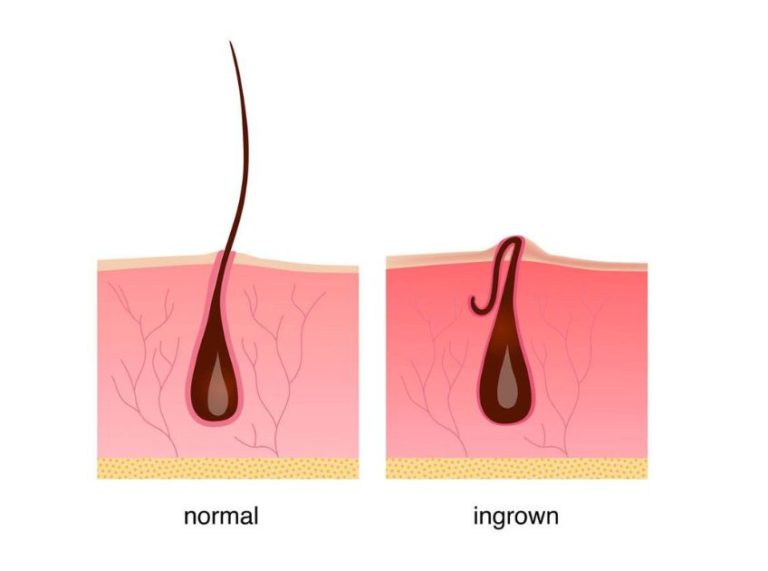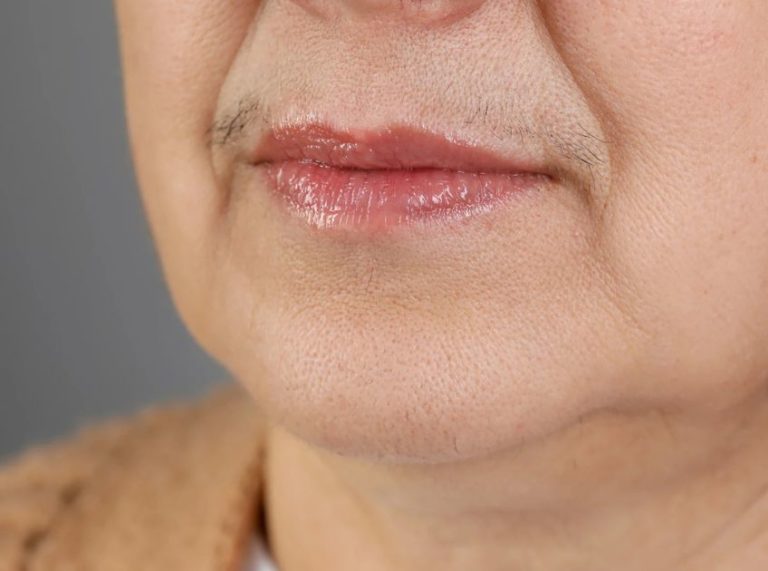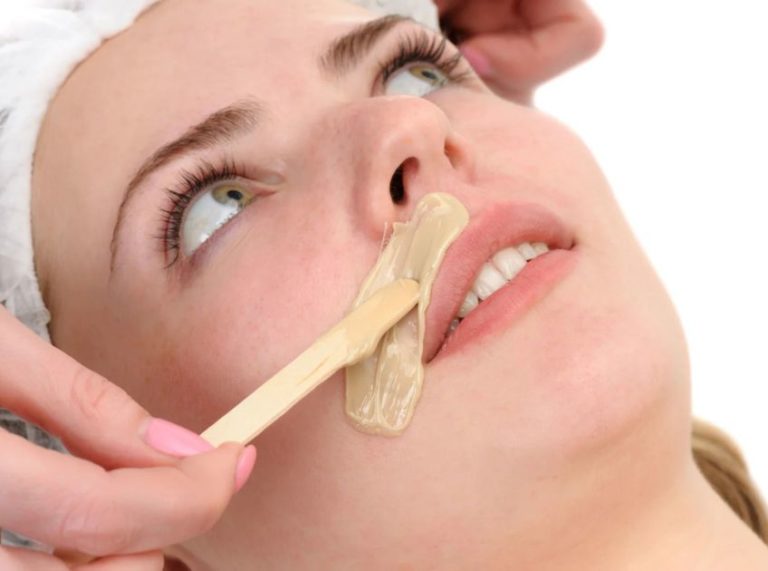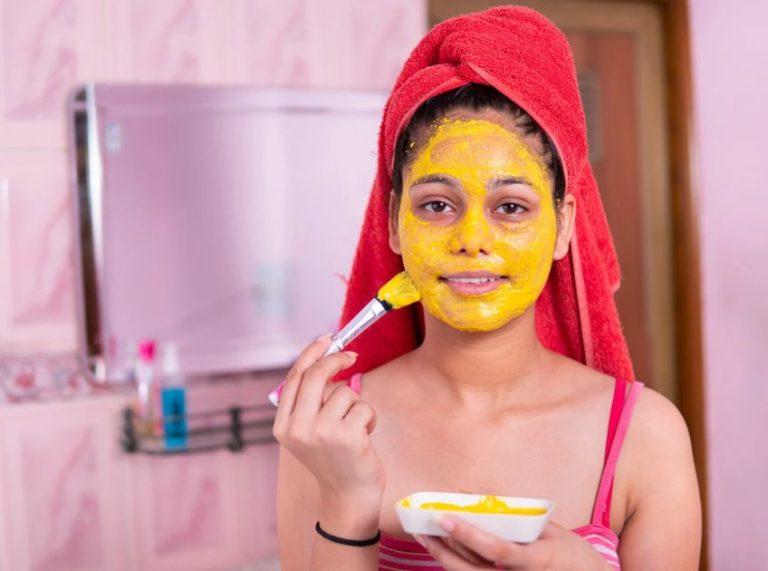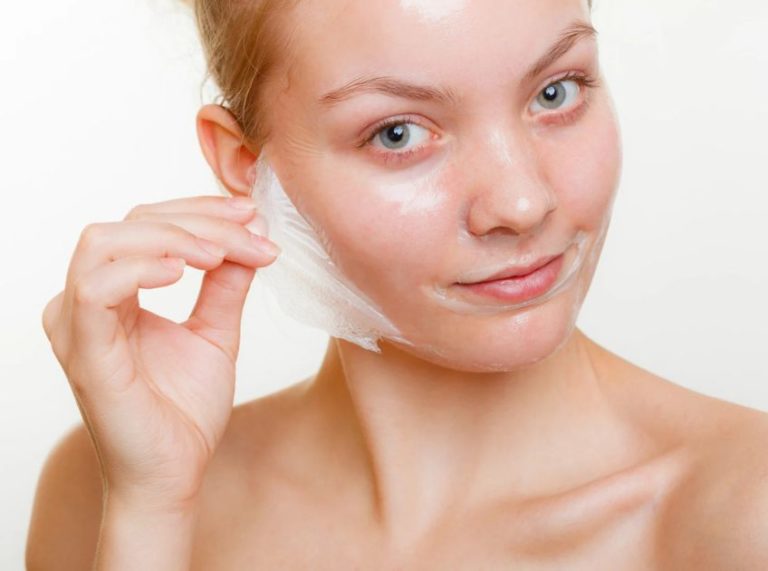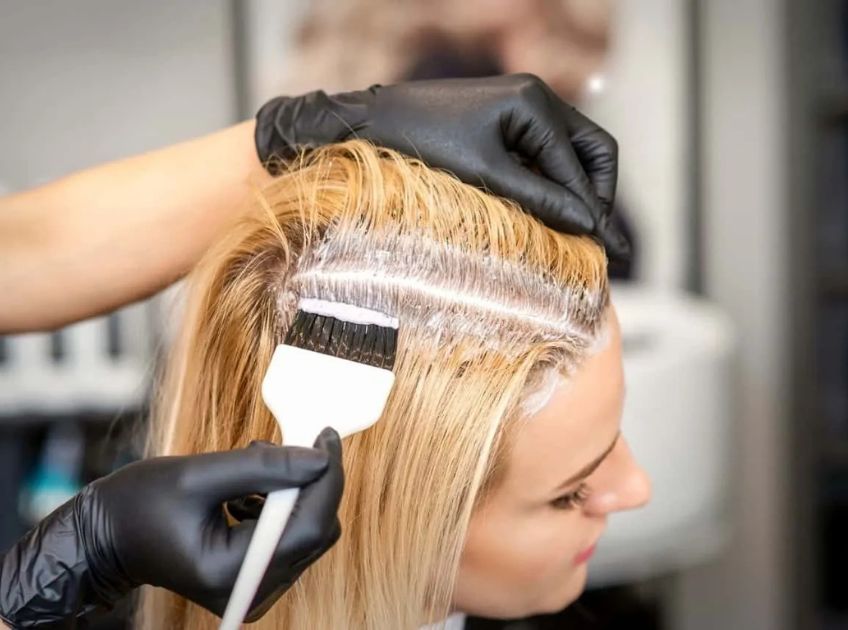
Important: This article is for informational purposes only. Please read our full disclaimer for more details.
Bleaching is the ultimate hair transformation — it lifts pigment, giving you that perfect blonde or pastel canvas. But the process also strips away natural oils and proteins, leaving strands dry, porous, and prone to breakage. According to a study in the International Journal of Cosmetic Science, bleaching causes significant cuticle damage, reducing the hair’s ability to retain moisture (1)(2). The good news? With the right care routine, you can revive your bleached hair.
10 Tips to Hydrate Hair After Bleaching
1. Deep Condition Like It’s a Ritual
Bleached hair is like a sponge — it soaks up moisture but loses it quickly. Deep conditioning replenishes lost hydration and repairs protein bonds damaged during bleaching. Use a protein-rich mask with ingredients like hydrolyzed keratin (3) to strengthen the cuticle, argan oil to boost shine, and glycerin to draw in moisture. Apply it at least twice a week, leaving it on for 15–20 minutes for maximum absorption. For an extra boost, wrap your hair in a warm towel to help the mask penetrate deeper.
2. Embrace Leave-In Conditioners
Leave-in conditioners are the “all-day bodyguards” for your strands. They form a lightweight barrier around each hair shaft, locking in hydration and reducing frizz. Look for a silicone-free formula enriched with botanical extracts like aloe vera or chamomile to soothe your hair while keeping it soft (4). Apply to damp hair from mid-length to ends, avoiding the roots to prevent buildup.
3. Switch to Sulfate-Free Shampoos
Sulfates are powerful detergents that strip away natural oils — exactly what bleached hair can’t afford to lose. Instead, opt for a sulfate-free shampoo with nourishing oils (like avocado or macadamia) or hydrating agents like aloe vera gel. These gentler formulas clean without drying, helping preserve the hair’s moisture balance.
4. Add Hair Oils to Your Routine
Hair oils are like liquid gold for bleached hair. Coconut oil penetrates the hair shaft, reducing protein loss; jojoba oil mimics natural sebum, restoring scalp balance; and almond oil smooths frizz while adding shine (5). Massage a small amount into damp hair as a leave-in treatment or use it as an overnight oil mask before shampooing.
5. Reduce Heat Styling
Bleached hair has already been through intense chemical stress — adding high heat can lead to irreversible damage. Air-dry your hair whenever possible. If you must style with heat, always use a heat protectant spray containing silicones like dimethicone to shield the cuticle. Keep tools at a moderate temperature (below 180°C/356°F) and limit usage to special occasions.
6. Rinse with Cool Water
A simple yet effective hack — cool water helps seal the cuticle, locking in moisture and making hair appear smoother and shinier. Hot water, on the other hand, raises the cuticle layer, causing frizz and dryness. Try finishing your shower with a 30-second cool rinse to keep your strands hydrated.
7. Use a Microfiber Towel or T-Shirt
Rubbing wet hair with a regular cotton towel can cause friction, split ends, and breakage. Switch to a microfiber towel or even an old cotton T-shirt to gently blot excess water. This reduces frizz, keeps curls defined, and minimizes mechanical damage on fragile bleached hair.
8. Try Bond-Building Treatments
Bleaching breaks down the disulfide bonds that give hair its strength. Bond-building treatments, such as products with bis-aminopropyl diglycol dimaleate (like Olaplex), work to rebuild these bonds from within (6). Use them weekly for severely damaged hair, and follow with a hydrating mask for a complete repair-and-moisture combo.
9. Eat for Hair Health
Hair hydration isn’t just about what you put on your hair — it’s also about what you feed it from the inside. Include omega-3 fatty acids (from salmon, chia seeds, walnuts), vitamin E (from sunflower seeds, almonds), and biotin (from eggs, sweet potatoes) in your diet (7). These nutrients boost the scalp’s oil production and improve hair elasticity.
10. Hydrate from the Inside Out
Your hair’s moisture level reflects your overall hydration. Aim to drink at least 8–10 glasses of water a day, and increase intake if you’re in a hot climate or exercise regularly. Herbal teas, coconut water, and water-rich fruits like watermelon also contribute to your hydration levels, helping keep hair supple and less prone to breakage.
Rescue Plan for Severely Damaged Bleached Hair
Even with the best intentions, sometimes bleaching can take a toll beyond what deep conditioning alone can fix. If your hair feels like straw, snaps when you brush it, or your scalp is irritated, it’s time to shift into damage-control mode. Here’s how to tackle the most common post-bleach emergencies.
When Hair Starts Falling Out
Hair shedding after bleaching can be alarming, but it’s often the result of weakened protein bonds and an overly porous cuticle. Bleach strips away keratin, leaving hair structurally fragile.
What to Do
Introduce Protein Treatments Carefully: Use masks with hydrolyzed wheat protein or silk amino acids once a week to reinforce the hair shaft. Be cautious — overuse can make hair stiff and brittle.
Avoid Tight Hairstyles: Buns, ponytails, and braids can put additional stress on weakened strands.
Switch to a Wide-Tooth Comb: This minimizes pulling and breakage when detangling wet hair.
Trim Wisely: Removing severely damaged ends prevents further splitting and helps the hair look healthier instantly.
When the Scalp Suffers
A burning, itching, or flaky scalp after bleaching is a sign of chemical irritation or dryness. In severe cases, bleach can cause mild chemical burns or disrupt the scalp’s protective barrier.
What to Do
- Soothe with Aloe Vera Gel: Aloe has anti-inflammatory properties and hydrates without clogging follicles. Apply a thin layer directly to the scalp for 10–15 minutes before rinsing.
- Try Scalp Oils: Lightweight oils like jojoba or grapeseed oil mimic natural sebum and restore moisture. Massage in gently to stimulate circulation.
- Avoid Harsh Styling Products: Alcohol-based sprays and strong-hold gels can worsen dryness and irritation.
- Shampoo Less Frequently: Allow natural oils to replenish and protect the scalp.
When Breakage Won’t Stop
Constant snapping of strands means your hair is extremely brittle and needs urgent structural repair. This is common when the disulfide bonds in hair have been significantly weakened during the bleaching process.
What to Do
- Invest in Bond-Building Treatments: Products containing ingredients like bis-aminopropyl diglycol dimaleate (Olaplex), maleic acid, or cysteic acid can help reconnect broken bonds.
- Layer Moisture & Protein: Alternate between hydrating masks and protein-rich masks so your hair gets both softness and strength.
- Protect Hair at Night: Sleep on a silk or satin pillowcase to minimize friction, or loosely wrap your hair in a silk scarf.
- Limit Exposure to Sun & Chlorine: UV rays and pool chemicals can worsen breakage — wear a hat outdoors and use a swim cap in pools.
How Often Can You Safely Bleach Hair?
Most experts recommend waiting at least 6–8 weeks between bleaching sessions. This allows time for the hair’s moisture and protein balance to recover, reducing cumulative damage.
When to See a Professional
If your hair feels gummy, breaks when wet, or your scalp burns or peels, it’s time to seek professional help. Trained stylists can assess damage and use in-salon treatments like steam hydration or professional bond-repair systems.
Frequently Asked Questions (FAQ’S)
Q1: Can I use coconut oil before bleaching to protect my hair?
A. Yes, applying coconut oil overnight before bleaching can help reduce protein loss, according to cosmetic science studies.
Q2: Is air-drying better for bleached hair than blow-drying?
A. Generally, yes. Air-drying reduces heat exposure, but avoid rough towel-drying to prevent frizz and breakage.
Q3: Can I restore my hair to its pre-bleached condition?
A. While you can’t reverse cuticle damage entirely, consistent hydration, protein treatments, and trims can significantly improve its appearance and health.
Bleaching doesn’t have to mean the end of healthy hair. By combining moisture-rich products, gentle handling, a balanced diet, and occasional professional care, you can keep your hair soft, shiny, and strong — even after the most intense color transformations.
